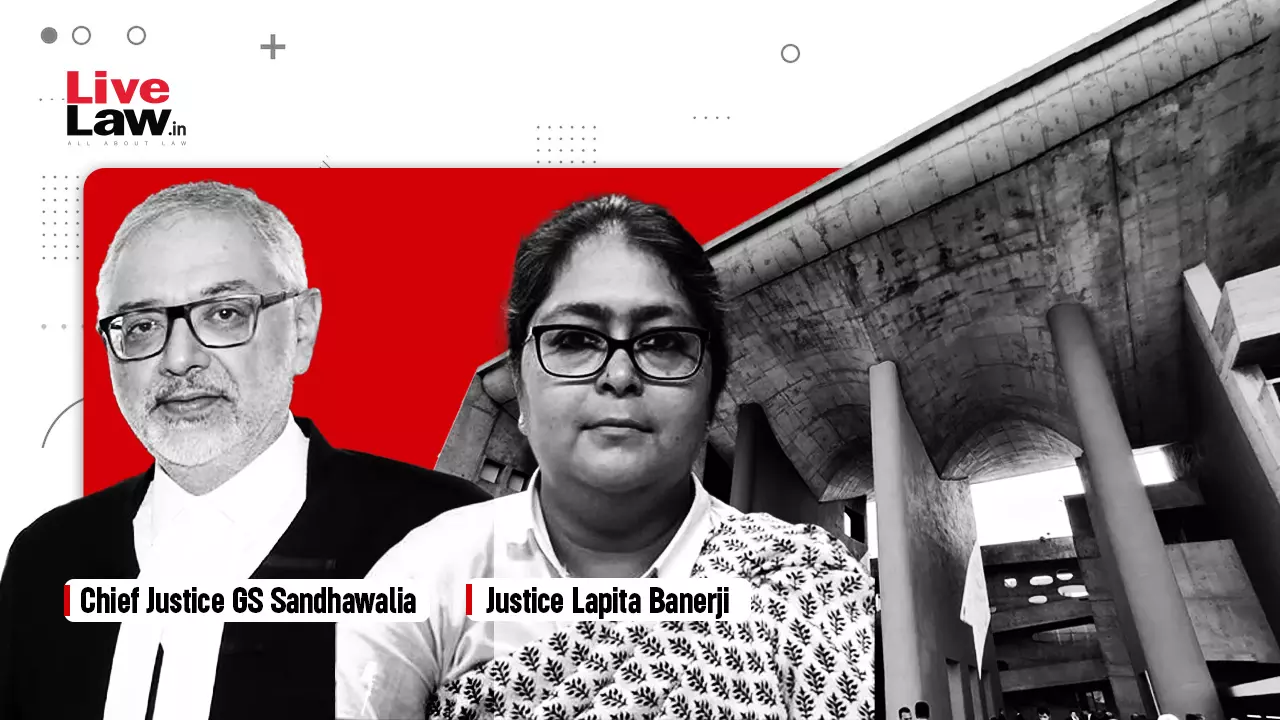

In a recent ruling, the Punjab & Haryana High Court in India held that there is no bar under the Juvenile Justice (Care and Protection of Children) Act, 2015 (JJ Act) to grant anticipatory bail to children in conflict with the law (CICL) [6e9f066d]. The court stated that once protection is granted to adults under Section 438 of the Code of Criminal Procedure (Cr.P.C.) on the ground of apprehension of arrest, there is no reason to deny the same benefit to a juvenile [6e9f066d]. The court emphasized that bail is the rule and denial is the exception, and not using the word 'arrest' in the Juvenile Justice Act does not exclude children from the benefit of anticipatory bail [6e9f066d].
The Punjab & Haryana High Court referred to conflicting opinions from different high courts, with some taking a broader view and others taking a restricted view on granting anticipatory bail to children in conflict with the law [6e9f066d]. However, the court followed the broader view, considering the principles of policy in the Constitution and the provisions of the JJ Act [6e9f066d]. It concluded that the broader view is the right approach to follow [6e9f066d].
This ruling by the Punjab & Haryana High Court provides clarity on the issue of granting anticipatory bail to children in conflict with the law. By adopting a broader view, the court ensures that children are not deprived of the benefits of anticipatory bail, which is considered the rule rather than the exception [6e9f066d].
The ruling is significant as it aligns with the principles of policy in the Constitution and the provisions of the Juvenile Justice Act, emphasizing the need to protect the rights and welfare of children in conflict with the law [6e9f066d].
Contrastingly, in Nepal, the legal framework for juvenile justice focuses on identifying the causes of delinquency, implementing preventive measures, rehabilitation, and community safety [a804582e]. Nepal introduced the Children Act in 1992 and the Act Relating to Children in 2018, which define a child as below 18 years and 'children in conflict with the law' as those accused or convicted of an offense [a804582e].
However, there are several challenges in the Nepalese juvenile justice system, including a lack of clear communication with accused children, delayed case resolution, and non-availability of juvenile benches [a804582e]. To address these challenges, recommendations include enforcing the 120-day resolution timeframe, creating fast-track courts, and ensuring the presence of child psychologists and social workers during legal proceedings [a804582e]. Regular training for police, lawyers, and judges on effectively communicating with juveniles, developing child-friendly informational materials, and establishing a comprehensive national policy on juvenile justice are also suggested [a804582e].
These contrasting perspectives on bail for juveniles in India and Nepal highlight the different approaches and challenges in the two countries' juvenile justice systems. While the Punjab & Haryana High Court in India takes a broader view and emphasizes the need to protect the rights and welfare of children, Nepal focuses on identifying causes of delinquency and implementing preventive measures [6e9f066d] [a804582e].
It remains to be seen how these different approaches will evolve and whether there will be further developments in the bail provisions for juveniles in both countries [6e9f066d] [a804582e].